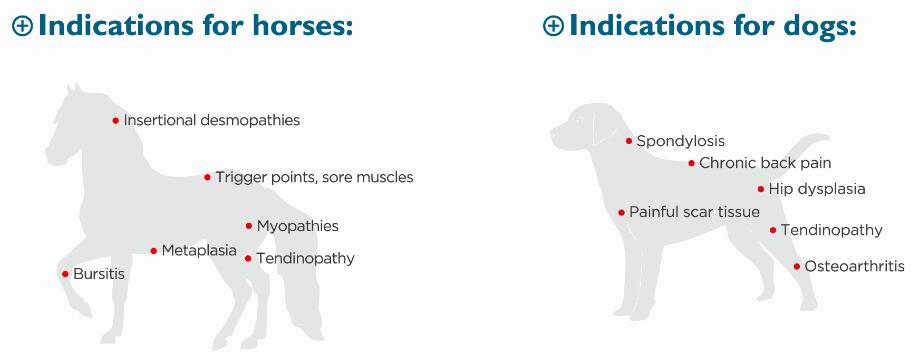Is PET Scan Painful? Understanding the Process and What to Expect
Guide or Summary:Is PET Scan PainfulIs PET Scan PainfulWhen it comes to medical imaging, many patients have concerns about the procedures they may undergo……
Guide or Summary:
Is PET Scan Painful
When it comes to medical imaging, many patients have concerns about the procedures they may undergo, especially when it involves something as sophisticated as a Positron Emission Tomography (PET) scan. One of the most common questions that arise is, **is PET scan painful?** This article aims to demystify the process of a PET scan, addressing pain levels, preparation, and what patients can expect during the procedure.
#### Understanding the PET Scan
A PET scan is a non-invasive imaging test that helps doctors observe how your tissues and organs are functioning. Unlike traditional imaging techniques like X-rays or MRIs, a PET scan provides unique insights into metabolic processes. The procedure typically involves the injection of a small amount of radioactive material, known as a radiotracer, which is absorbed by the body's tissues. This allows for detailed imaging of various conditions, including cancer, heart disease, and brain disorders.
#### Is PET Scan Painful?
The question of whether a PET scan is painful is one that many patients understandably ask. The short answer is that a PET scan is generally not painful. However, there are a few aspects of the procedure that some individuals may find uncomfortable:
1. **Injection of Radiotracer**: The most discomfort you might experience is during the injection of the radiotracer. This is usually done through an intravenous (IV) line in your arm. While the needle prick can cause a brief moment of discomfort, it is comparable to any standard blood draw.

2. **Waiting Period**: After the injection, patients typically wait for about 30 to 60 minutes for the radiotracer to circulate through the body. During this time, you may be asked to lie still, which can be uncomfortable for some individuals, especially those with chronic pain or mobility issues.
3. **The Scan Itself**: The actual scanning process is painless. You will lie on a table that moves through a large, donut-shaped machine. Many patients find this part of the procedure to be quite relaxing. The machine will make some noises, but it does not cause any physical discomfort.
4. **Post-Scan Effects**: After the scan, some patients may feel slight fatigue from the radiotracer or may have mild reactions, but these are generally minimal and resolve quickly.
#### Preparing for Your PET Scan
Preparation is key to ensuring a smooth experience. Your healthcare provider will give you specific instructions, which may include fasting for a few hours before the test. It's essential to follow these guidelines to ensure the best possible imaging results.
- **Dietary Restrictions**: You may be asked to refrain from eating or drinking anything other than water for a specific period before the scan. This is to ensure that the radiotracer is absorbed efficiently.

- **Medication**: Inform your doctor about any medications you are taking, as some may interfere with the scan results.
- **Comfortable Clothing**: Wear loose, comfortable clothing without metal fasteners, as metal can interfere with the imaging process.
#### Who Should Get a PET Scan?
A PET scan can be an invaluable tool for diagnosing various conditions. Healthcare providers may recommend this imaging test for:
- **Cancer Diagnosis and Monitoring**: PET scans are commonly used to detect cancer, assess the effectiveness of treatment, and monitor for recurrence.
- **Cardiac Conditions**: They can also evaluate heart conditions by assessing blood flow and identifying areas of the heart that may not be functioning correctly.

- **Neurological Disorders**: PET scans can help diagnose conditions like Alzheimer's disease or epilepsy by providing insights into brain activity.
#### Conclusion
In summary, while the question **is PET scan painful?** may cause apprehension, the procedure is designed to be as comfortable and non-invasive as possible. The most discomfort you might experience is during the initial injection of the radiotracer, which is usually brief and manageable. By understanding the process and preparing adequately, patients can approach their PET scan with confidence, knowing that they are taking an important step toward better health. Always consult with your healthcare provider for personalized information and to address any concerns you may have before undergoing the procedure.